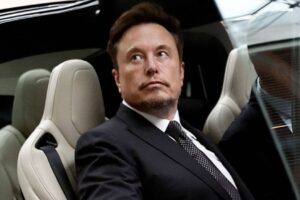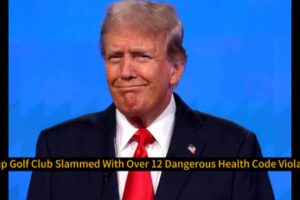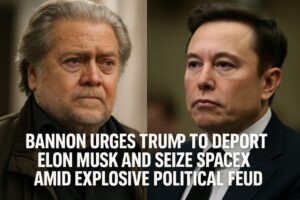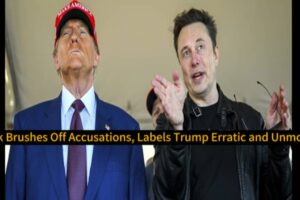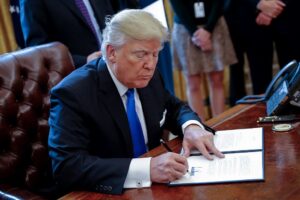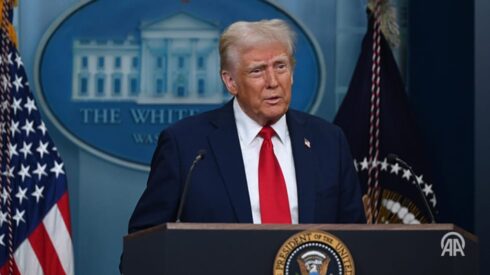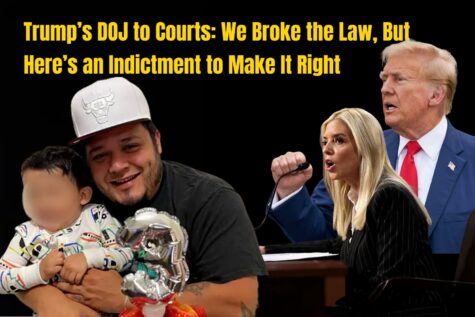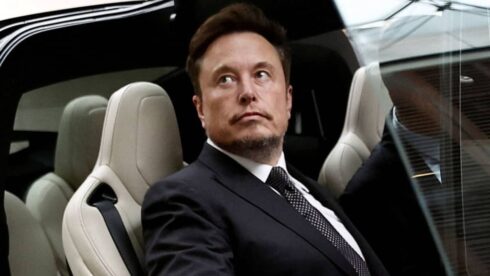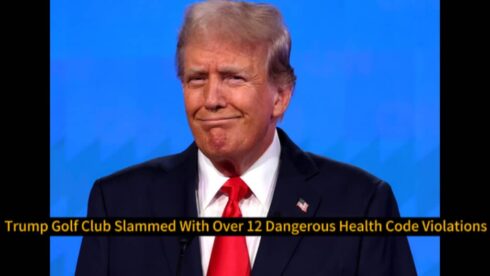President Donald Trump confidently asserted, “The United States is taking in record numbers in tariffs, with the cost of almost all products going down.” Speaking at a rally in Florida, the president portrayed his trade policies as a fiscal triumph, crediting increased tariff revenues for strengthening the American economy without harming domestic consumers. Donald Trump emphasized that contrary to predictions by economists, the tariffs placed on China and other countries have fueled national revenue while lowering retail prices for essential goods.
This claim, however, comes amid continued debate among economists who argue that tariffs often translate into hidden costs for American importers and consumers. Nevertheless, Trump insisted that renegotiated trade deals, such as the USMCA and revised terms with China, have shifted the economic burden to foreign manufacturers. “They said prices would go up. I said they’d go down. And guess what—they went down,” Trump declared, framing the tariff policy as a long-overdue correction to decades of what he called “unfair trade.”
Tariffs as Economic Arsenal: Donald Trump Defends Protectionist Strategy
Trump maintained that tariffs were not just about revenue—they were a powerful negotiating tool. “We used tariffs like weapons, and we won,” he said, pointing to multiple instances where foreign nations returned to the negotiation table under the threat of U.S. levies. The president reiterated that without the pressure of tariffs, adversarial nations would continue taking advantage of what he described as America’s “past weakness and poor leadership.”
He cited the steel and aluminum industries as major beneficiaries of these policies, claiming that manufacturing jobs returned and local production rose due to the protective barriers. While critics warn of long-term trade imbalances and retaliatory measures, Trump dismissed such concerns as liberal propaganda. “Tariffs work. We’re protecting American workers and punishing foreign cheaters,” he declared, reinforcing his America-first trade ideology.
Price Dynamics Disputed: Donald Trump Counters Inflation Narratives
“People are saying prices are high—well, not because of tariffs,” Donald Trump said, rejecting the argument that trade levies contributed to product inflation. According to him, the average cost of goods—especially electronics, household items, and automobiles—either stabilized or dropped during his tenure. He insisted that tariffs served as a filter against unfair pricing by foreign producers, creating a fairer playing field for American families.
He accused the media of selectively reporting economic data to discredit his trade agenda. Trump highlighted industry-specific performance metrics from 2019–2020 to reinforce his position, challenging critics to show contrary data not rooted in bias. “The fake news doesn’t want you to know we were winning on trade,” he added, emphasizing that the economic results speak for themselves when viewed objectively.
Donald Trump Touts ‘America First’ Trade Doctrine as Blueprint for 2025
“We had the blueprint. We showed the world that economic sovereignty is possible,” Donald Trump stated, referencing his “America First” doctrine as a framework for future policy. Trump has made trade independence a signature pillar of his national agenda. He emphasized reshoring manufacturing, reducing reliance on foreign goods, and promoting domestic innovation as pathways to national revival.
The president argued that globalism hollowed out the American middle class, and that tariffs were the first step toward reversing decades of economic decay. “Every nation protects its own—why shouldn’t we?” Trump asked, framing his tough stance as a defense of national dignity and industry. He promised that if given another mandate, new and more aggressive trade measures would be implemented to restore U.S. industrial power.
Global Repercussions: Allies and Rivals Respond to Tariff Boom
Trump acknowledged that his tariff policies sent shockwaves through global markets, stating, “Other countries were scrambling—they never thought we’d stand up.” European allies, Asian exporters, Andrew emerging economies all responded with caution—some retaliated, others sought exemptions or new deals. Trump claimed this response was proof that his administration wielded real influence on the international trade stage.
While critics feared escalation into global trade wars, Trump insisted that America had long been taken advantage of and that pushback was inevitable—and necessary. He pointed to restructured relationships with South Korea, Japan, and Canada as outcomes of pressure-driven diplomacy. “We didn’t start the war, we just stopped losing it,” he said, highlighting that his bold approach forced international respect.
Looking Ahead: Trump Urges Continuation of Hardline Trade Vision
“We can’t afford to go soft on trade again,” Trump cautioned, signaling that any deviation from strong tariff enforcement would harm the country’s economic integrity. He urged voters to support a future defined by American-made goods, strong borders, and self-reliance. Trump expressed concern that wavering on tariffs would allow foreign competitors to flood U.S. markets and undermine hard-fought gains.
He concluded with a pledge to double down on what he described as a winning formula: bold policies, fearless leadership, and unrelenting commitment to American workers. “We built the greatest economy once—we’ll do it again. But this time, we won’t let it be dismantled,” Trump declared to thunderous applause, positioning himself as the only leader capable of restoring American trade supremacy.


